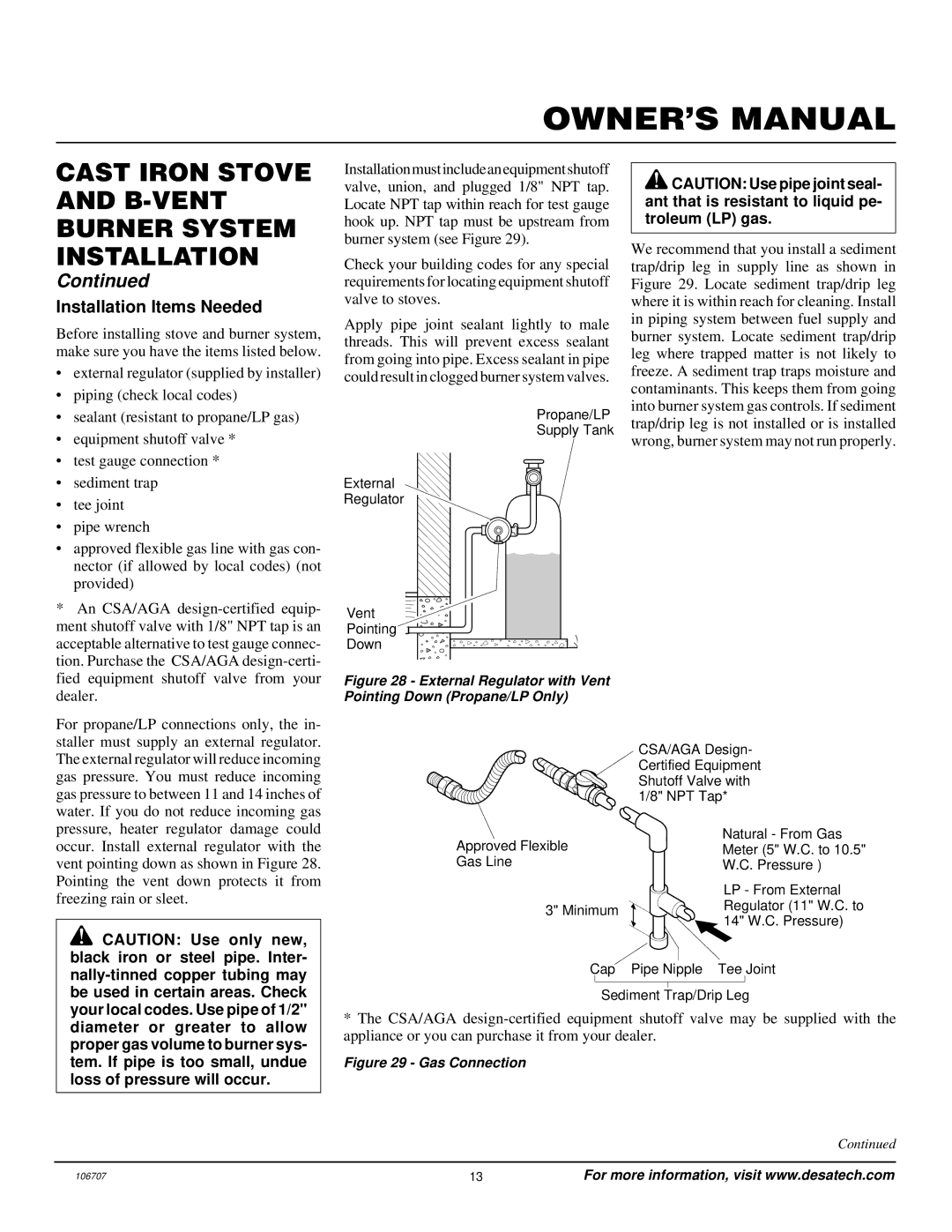SBVRBP, SBVRBN specifications
Vanguard Heating has made significant strides in the heating industry with its innovative product line, including the SBVRBN and SBVRBP models. These heating solutions are designed for both residential and commercial applications, prioritizing efficiency, durability, and advanced technology.The SBVRBN model stands out with its high performance output, making it ideal for areas needing rapid heating. This model utilizes state-of-the-art heating elements that ensure even warmth distribution, thereby eliminating cold spots and enhancing comfort. Additionally, its compact design allows for installation in various spaces without consuming excessive floor area.
One of the standout features of the SBVRBN model is its smart technology integration. Equipped with Wi-Fi connectivity, users can easily control the temperature remotely via a smartphone app, enabling them to preheat spaces before arriving home. This feature not only enhances convenience but also contributes to energy savings, as users can adjust heating schedules according to their lifestyle.
The SBVRBP variant focuses on energy efficiency, meeting rigorous standards that result in lower energy bills. It is equipped with advanced thermostatic controls that constantly monitor and adjust the heating output based on the ambient temperature. This technology ensures that the heating system operates only when necessary, reducing unnecessary energy consumption while maintaining comfort.
Both the SBVRBN and SBVRBP models feature durable construction with high-quality materials that are designed to withstand the test of time. Corrosion-resistant components and advanced insulation techniques contribute to longevity and consistent performance. Furthermore, their quiet operation is a significant benefit, making them suitable for environments where noise is a concern, such as offices or bedrooms.
Safety is a paramount consideration in Vanguard Heating's designs. Both models are equipped with multiple safety features, including overheating protection and automatic shut-off mechanisms. These enhancements provide peace of mind for users, knowing that their heating solutions operate safely and reliably.
In summary, Vanguard Heating’s SBVRBN and SBVRBP models represent a perfect blend of innovation, efficiency, and reliability. With smart technology, energy efficiency, durable construction, and safety features, these heating solutions are designed to meet the diverse needs of modern users, making them a compelling choice in the heating market.

